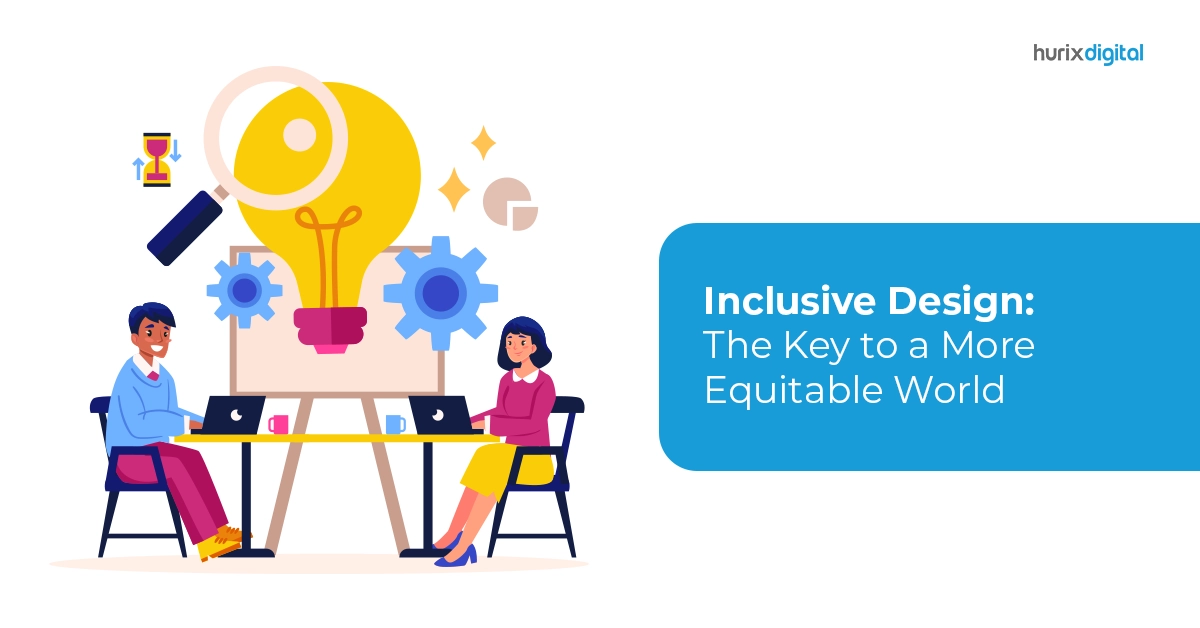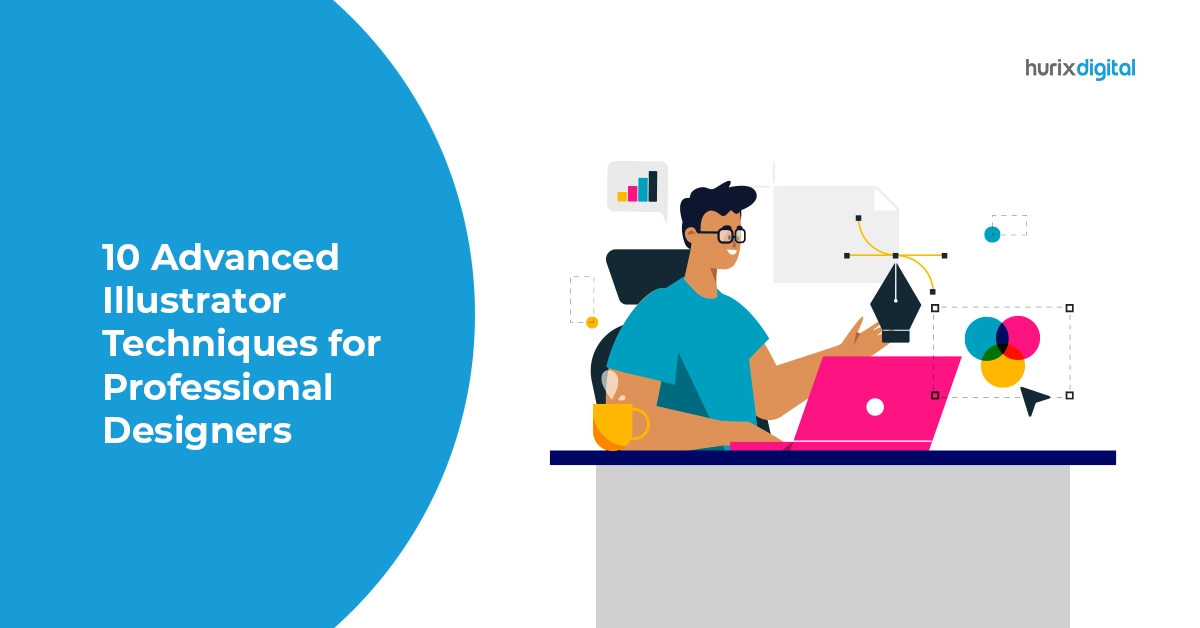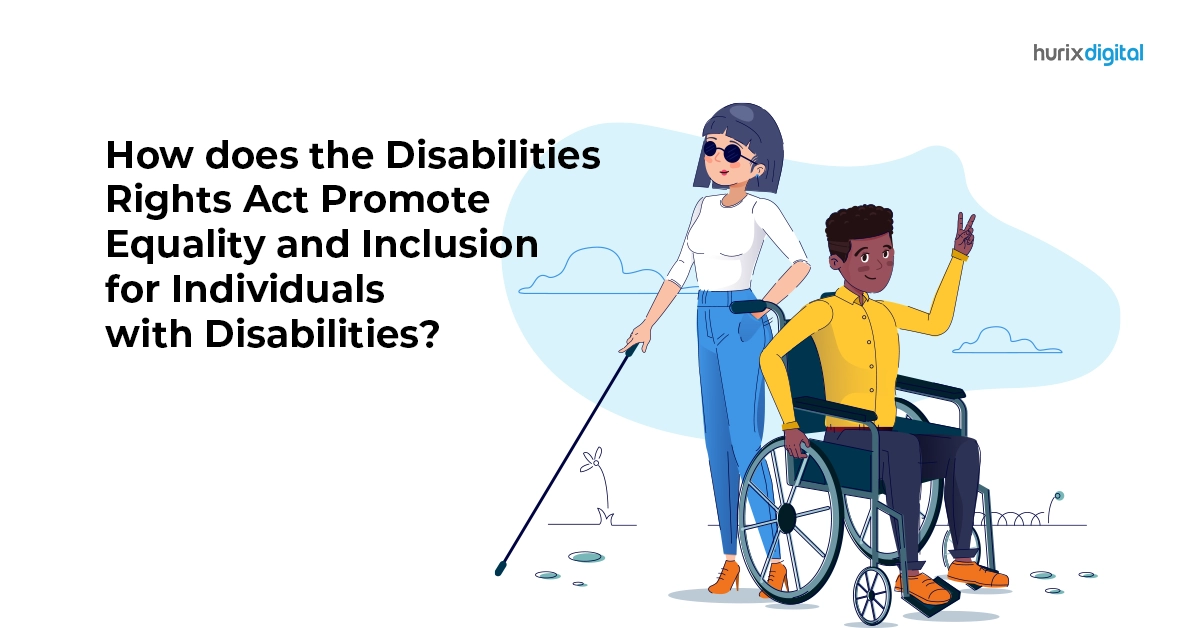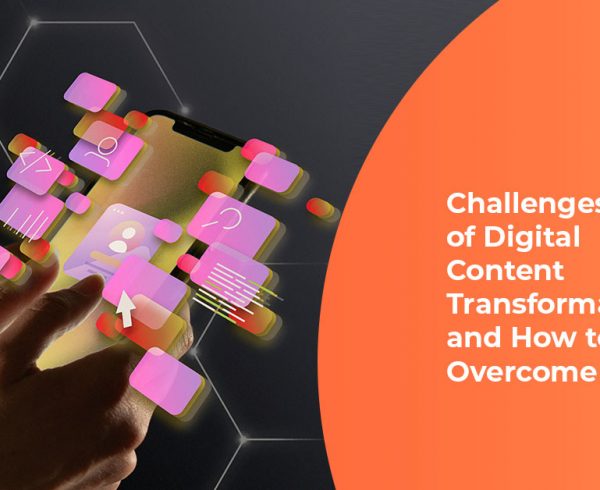Summary
This article discusses the benefits of inclusive design, and how it can lead to a more equitable world. Inclusive design is an approach to designing products, environments, and systems that are accessible and usable by everyone. Inclusive design can benefit everyone in the society, including people with disabilities, the elderly, pregnant women, children, and people with temporary impairments.
Inclusive design, also known as universal design or accessible design, is an approach to designing products, environments, and systems that are accessible and usable by everyone, regardless of their age, ability, or other characteristics. The goal of inclusive design is to create products and environments that are accessible and usable to the greatest extent possible, without the need for specialized adaptations or accommodations.
An example of inclusive design includes curb cuts, which were originally designed for people using wheelchairs but are now used by a wide range of people, including parents with strollers, delivery people with carts, and bicyclists.
Another example is the use of plain language in written communication, which benefits not only people with cognitive disabilities but also people with limited literacy skills and those for whom English is a second language.
Inclusive design is not only beneficial for people with disabilities but also for society as a whole. Inclusive design can lead to greater social inclusion, increased participation in public life, and greater economic opportunities for people with disabilities. In this blog, we explore inclusive design, some real-life examples, and why should you consider it.
Table of Contents:
- How Does Inclusive Design Benefit Everyone in the Society?
- Real-Life Examples of Inclusive Design
- Conclusion
How Does Inclusive Design Benefit Everyone in the Society?
Inclusive design benefits everyone in society by creating products, environments, and accessible systems that are usable by all individuals, regardless of their age, ability, or other characteristics.
Here are some ways in which inclusive design benefits everyone:
1. Increases Accessibility
Inclusive design makes products and environments accessible to everyone, including people with disabilities, the elderly, pregnant women, children, and people with temporary impairments. For example, curb cuts, which were originally designed for people using wheelchairs, are now used by a wide range of people, including parents with strollers, delivery people with carts, and bicyclists.
2. Improves Safety
Inclusive design can improve safety for everyone by reducing hazards and minimizing the risk of accidents. For example, tactile paving, which is designed for people with visual impairments, can also benefit people with mobility impairments, as it provides a tactile warning of an upcoming change in level.
3. Enhances Usability
Inclusive design can enhance the usability of products and environments for everyone, by making them more intuitive and user-centered design. For example, the use of plain language in written communication benefits not only people with cognitive disabilities but also people with limited literacy skills and those for whom English is a second language.
4. Sparks Innovation
Inclusive design can lead to innovations that benefit all users, not just those with disabilities. For example, the touch screen technology that was originally developed for people with mobility impairments is now widely used in smartphones and other consumer devices.
5. Promotes Diversity
Inclusive design promotes diversity and social inclusion by recognizing and valuing the differences among people. By designing user-centered design products and environments that are accessible and usable by everyone, we can create a more inclusive and equitable society.
Also Read: 5 Most Common Accessibility Errors in Software Design and Development
Real-Life Examples of Inclusive Design
There are many examples of inclusive design, some of which are mentioned below:
1. Curb Cuts
Originally designed to help people using wheelchairs, curb cuts are now used by a wide range of people, including parents with strollers, delivery people with carts, and bicyclists. Curb cuts make sidewalks and street crossings accessible to everyone, regardless of their physical abilities.
2. Tactile Paving
Tactile paving is a textured surface that is designed to provide a tactile warning of an upcoming change in level, such as a curb or a stairway. Tactile paving helps people with visual impairments navigate their environment safely, and it can also benefit people with mobility impairments.
3. Automatic Doors
Automatic doors are designed to open and close automatically, without the need for physical contact. Automatic doors are especially helpful for people with mobility impairments, but they also benefit people with their hands full, parents with strollers and many others.
4. Adjustable-Height Work Surfaces
Adjustable-height work surfaces can be raised or lowered to accommodate people of different heights or physical abilities. Adjustable-height work surfaces are especially helpful for people with mobility impairments, but they also benefit people who need to alternate between sitting and standing during the workday.
5. Text-to-Speech Software
Text-to-speech software reads text aloud, making it accessible to people with visual impairments or learning disabilities. Text-to-speech software can also benefit people who prefer to listen to text rather than read it, such as when driving or exercising.
6. Closed Captioning
Closed captioning provides a text-based alternative to audio content, making it accessible to people with hearing impairments. Closed captioning can also benefit people who are watching videos in noisy environments or who prefer to read text rather than listen to audio.
7. Braille Signage
Braille signage provides information in a tactile format, making it accessible to people with visual impairments. Braille signage can be found in public places such as airports, museums, and hospitals.
Also Read: Why Accessibility is Important for Financial Institutions and How to Achieve It?
Conclusion
The future of design lies in inclusivity, which is a powerful approach to creating meaningful products. Inclusive design not only benefits people with disabilities, but also helps to provide a better user experience for everyone in society by increasing accessibility, improving safety, enhancing usability, sparking innovation, and promoting diversity.
Embracing inclusive design principles will be crucial for ensuring that our built environment, digital technologies, and social systems are truly accessible and usable by everyone, leading to a significant social impact. By recognizing and valuing the differences among people, we can create a world that is more inclusive, welcoming, and empowering for all.
Hurix Digital is one such organization that partners with businesses to make the world a more inclusive place. Get in touch with Hurix Digital to know more!









